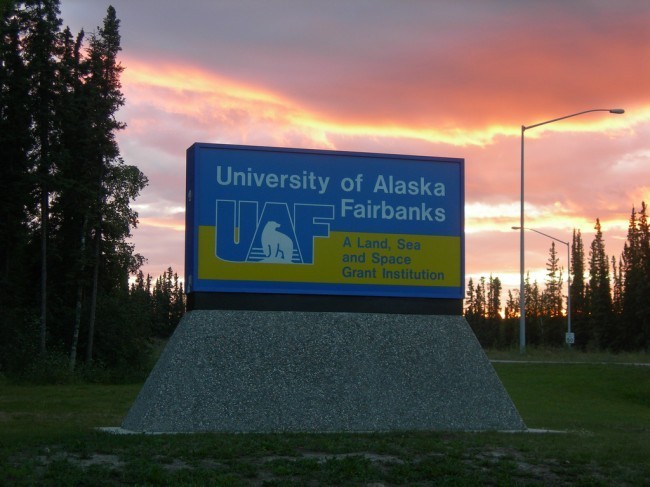
University of Alaska researchers are planning new strategies to address suicide in Alaskan Native Communities. An over $4 million federal grant is funding creation of a clearing house of successful strategies drawn from villages and regions across the state.
The Alaska Native Epidemiology Center said between 2003 and 2015, one in seven Alaska Native High School students attempted suicide. And suicide is the leading cause of death for Alaska Native male teens. Dr. Lisa Wexler has been addressing these and other mental health issues in the Alaska Northwest for more than two decades. She said it’s important to realize those statistics are relatively new.
“Until the 1960s there were very few documented indigenous youth suicide cases,” Wexler said. “And it really came about as there was rapid change, as there were new generations of kids that were sort of disempowered.”
Wexler is one of the principle investigators of a $4.25 million grant from The National Institute of Mental Health. She said the grant, in part, funds a broad social approach to suicide research.
“So if we think of it as a social problem, that allows us to really conceptualize policy solutions,” Wexler said. “That allows us to conceptualize community-level solutions that we maybe haven’t been thinking about as well or as much as we might.”
Wexler says the grant will also create a hub at the College of Rural and Community Development at the University of Alaska Fairbanks. Dr. Stacy Rasmus, at UAF is another grant principle investigator. She said the hub will serve as a clearing house of sorts for proven Alaska Native based community strategies. Data is available from other parts of the country about suicide prevention, but she said sometimes the contexts don’t fit.
“Trying to adapt them to fit within a village context, or to serve in these widely diverse geographic and cultural communities… they just don’t work,” Rasmus said.
Rasmus said she and her colleagues will develop a tool that is user-friendly and practical so both rural and urban communities can access approaches that work.
“So we have a study that will involve 65 communities and three regions to see if we can create that tool for communities to identify how exactly culture is prevention,” Rasmus said.
Rasmus said she and her colleagues are already meeting to put the five-year grant to work.




